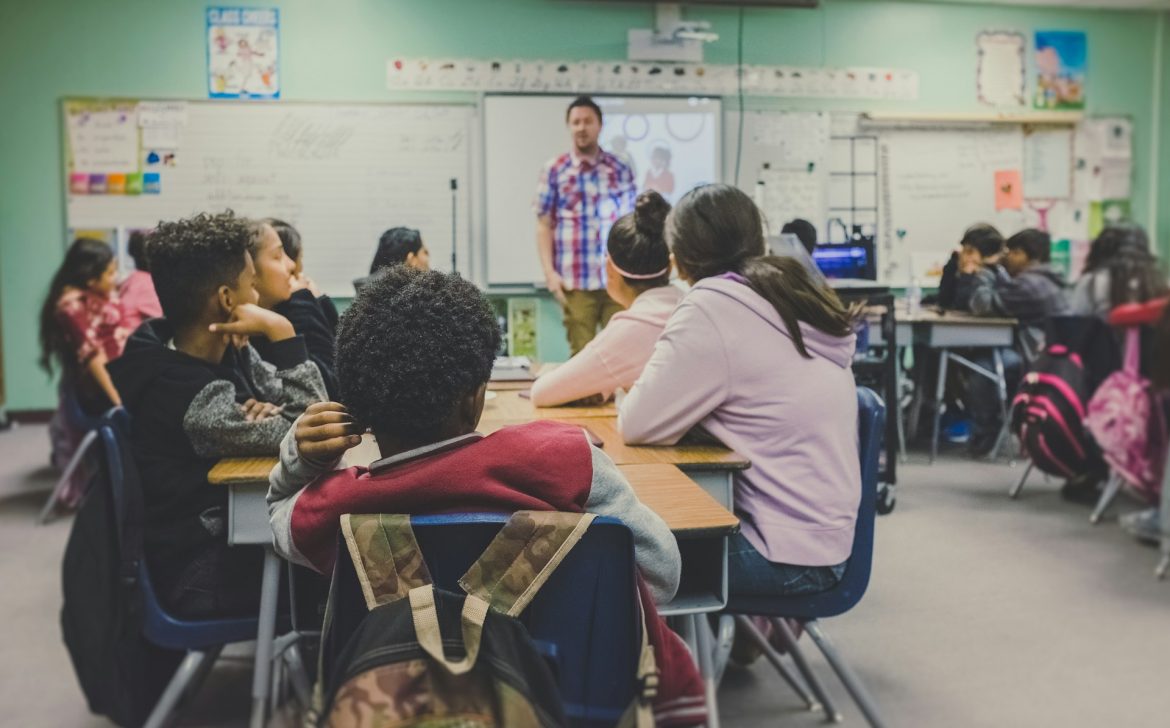Introduction to STEM
STEM stands for Science, Technology, Engineering, and Mathematics. It’s a form of education that focuses on these four areas through an integrated approach. STEM education encourages hands-on experiences and problem-solving which are crucial skills for the future job market.
Why STEM Matters
In today’s fast-paced world, technology and science are advancing rapidly. This progress creates a growing demand for skilled professionals in STEM fields. Industries ranging from biotechnology to information technology are on the lookout for individuals with strong STEM backgrounds.
The Future Job Market
The future job market is expected to be dominated by STEM-related careers. Reports suggest that occupations in these fields will grow at a faster rate than other careers. Companies like Google and SpaceX are already prioritizing candidates with STEM education due to their problem-solving skills and technical expertise.
STEM Education’s Role
STEM education plays a pivotal role in preparing students for this future. By engaging students in science and math from an early age, programs like FIRST Robotics aim to spark an interest in these subjects. This early exposure is key to developing a workforce capable of meeting the demands of future industries.
Challenges and Opportunities
Despite its importance, STEM education faces challenges such as unequal access and a lack of resources in underprivileged areas. However, initiatives like Code.org are working to bridge this gap by providing free coding lessons to students worldwide.
Conclusion
STEM education is not just about securing a job; it’s about preparing for the future. As the job market evolves, STEM skills will become increasingly valuable. By investing in STEM education now, we can ensure a brighter future for the next generation.
Remember, the world of tomorrow will be built on the knowledge we impart today. Let’s make STEM education a priority.


